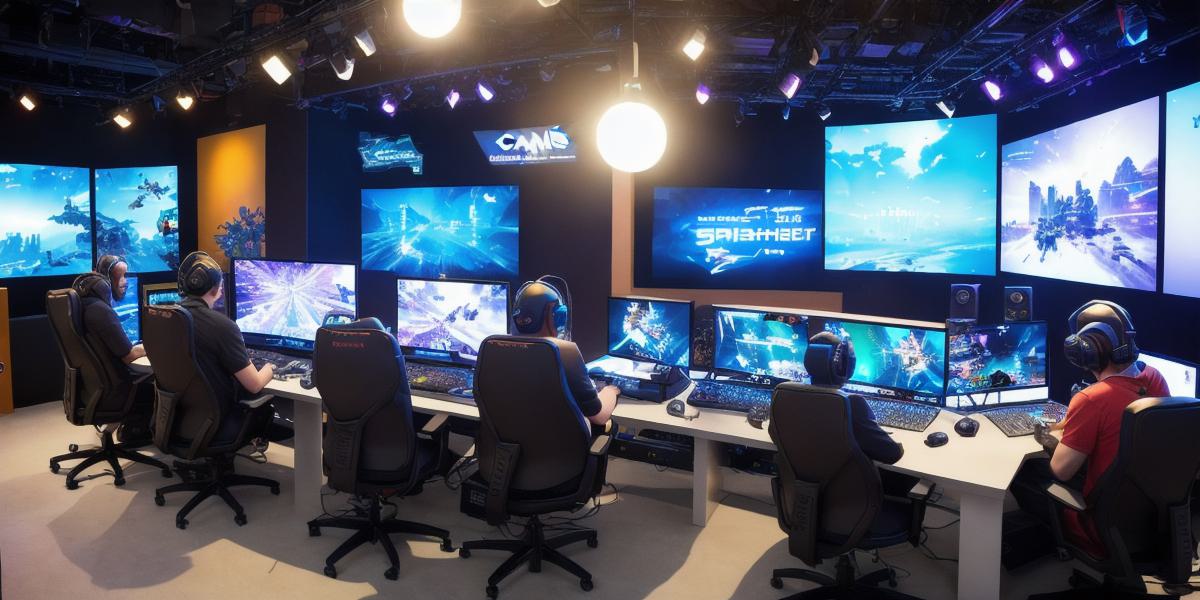The metaverse is a virtual space where users can interact with each other and explore interconnected worlds without physical limitations. In this article, we will explore the development process for the metaverse and discuss the key steps involved in creating a new virtual world.
Development Process for the Metaverse
The development process for the metaverse involves several stages, including planning, design, development, testing, deployment, and maintenance. Each stage is crucial in ensuring that the final product meets the goals and objectives of the virtual world.

- Planning: In this stage, developers must define the purpose of the virtual world, identify the target audience, and create a business plan. The purpose of the metaverse will determine its scope, features, and content. Identifying the target audience is critical to ensure that the virtual world caters to their interests and preferences. A well-defined business plan outlines the financial goals, resources required, and timeline for development.
- Design: Once the planning phase is complete, designers can begin creating the visual and interactive elements of the virtual world. The design process involves creating a landscape, buildings, characters, avatars, rules, and mechanics. Designers must ensure that these elements are aesthetically pleasing and engaging to users.
- Development: In this stage, developers write the code for the virtual world using programming languages such as Unity or Unreal Engine. They also develop backend systems that manage user authentication, data storage, and server communication. Developers must ensure that the code is efficient, secure, and user-friendly to avoid technical glitches and bugs.
- Testing: Before launching the metaverse, it undergoes rigorous testing to ensure stability, security, and user-friendliness. This includes load testing, security testing, and user acceptance testing. Load testing checks the performance of the virtual world during peak traffic, while security testing ensures that the system is secure from potential threats. User acceptance testing involves testing the virtual world with a group of users to ensure that it meets their expectations and requirements.
- Deployment: Once thoroughly tested, the metaverse is deployed on servers and made available to users. The deployment process involves configuring the server infrastructure, installing software, and ensuring that the system can handle high traffic volumes.
- Maintenance: Finally, the metaverse must be maintained and updated regularly to ensure engagement and relevance to its users. This includes fixing bugs, adding new features, and improving performance.
Key Steps for Creating a New Virtual World
Creating a new virtual world involves several key steps, including defining the concept, identifying the target audience, designing the environment, developing the game mechanics, and launching the virtual world. Each step is critical in ensuring that the final product meets the goals and objectives of the virtual world.
- Define the Concept: Decide on the theme, setting, and genre of the game to define the concept. The concept should be unique, engaging, and relevant to the target audience.
- Identify the Target Audience: Determine the age range, interests, and preferences of potential users. This information will guide the design and development process, ensuring that the virtual world caters to their needs.
- Design the Environment: Create visual and interactive elements such as landscape, buildings, characters, avatars, rules, and mechanics. The environment should be immersive, engaging, and aesthetically pleasing.
- Develop the Game Mechanics: Program the rules and systems that govern player interaction with the virtual world. The game mechanics should be intuitive, challenging, and rewarding to keep players engaged.
- Launch the Virtual World: Make the virtual world available on servers to users. This involves configuring the server infrastructure, installing software, and ensuring that the system can handle high traffic volumes.
In conclusion, the metaverse represents a new world of possibilities where users can interact without physical limitations. The development process for the metaverse involves several stages, including planning, design, development, testing, deployment, and maintenance. Key steps for creating a new virtual world include defining the concept, identifying the target audience, designing the environment, developing the game mechanics, and launching the virtual world. With the right approach, developers can create engaging, immersive, and profitable virtual worlds that cater to the needs of their users.




